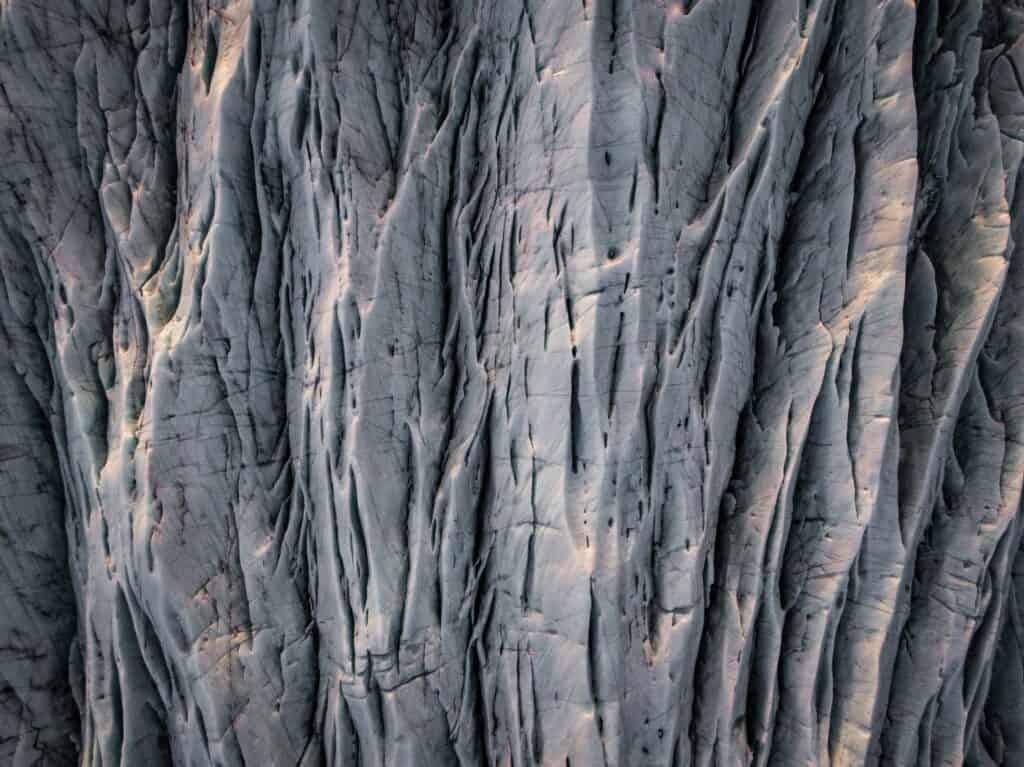Photography isn’t just about documenting the world around you- photography has a very keen artistic side to it as well. Much like paints and brushes are to a traditional artist, the camera and the lens are the tools of the photographer, and they can be used to create painterly masterpieces! Abstract photography is a bti difficult to pin down by definition, but generally, it is the art of capturing subjects in such a way that does not attempt to represent external reality, but seeks to achieve its effect using shapes, forms, colors, and textures.
The above definition still doesn’t answer a lot of questions. How did abstract photography even become a genre? What makes an abstract photograph? How can you get into it too? Read below to answer all of these!
Where Did Abstract Photography Come From?
It is important to know the history of the niche you are capturing. This allows you to not only properly represent the craft but to be inspired by the voices that came before you.
Abstract photography stems from other forms of art, such as painting, and can be traced far before photography reached any sort of popularity. The genre was really solidified by Surrealist Man Ray and Bauhaus leader László Moholy-Nagy, however, it was actually an American photographer named Alfred Stieglitz who made abstract photography a revolutionary new artform. The photography series that revolutionized the genre was A Sequence of Ten Cloud Photographs, which is the first intentional set of abstract photographs created in 1922.
In 1929, Walter Benjamin wrote an essay about the history of photography, in which he had observed that abstraction and photography aren’t mutually exclusive. “It is another nature which speaks to the camera rather than to the eye.” he said. Through this, artists began to push the boundaries of photography into surrealism, much like the painters did.
Since then, abstract photography has found a distinct home in art galleries and modern art pieces, a beloved way of utilizing the tools of cameras and lenses.
The Three Main Characteristics of Abstract Photography
Now, what defines abstract photography? As mentioned above, it is difficult to very specifically dictate what abstract photography is, because it’s impossible to place into a genre box. However, abstract photography always has the same three characteristics within it.
Form: Form refers to the shape of the subject. This creates the bulk of the image and tends to be the subject of abstract photography. The form tends to take over the entire image.
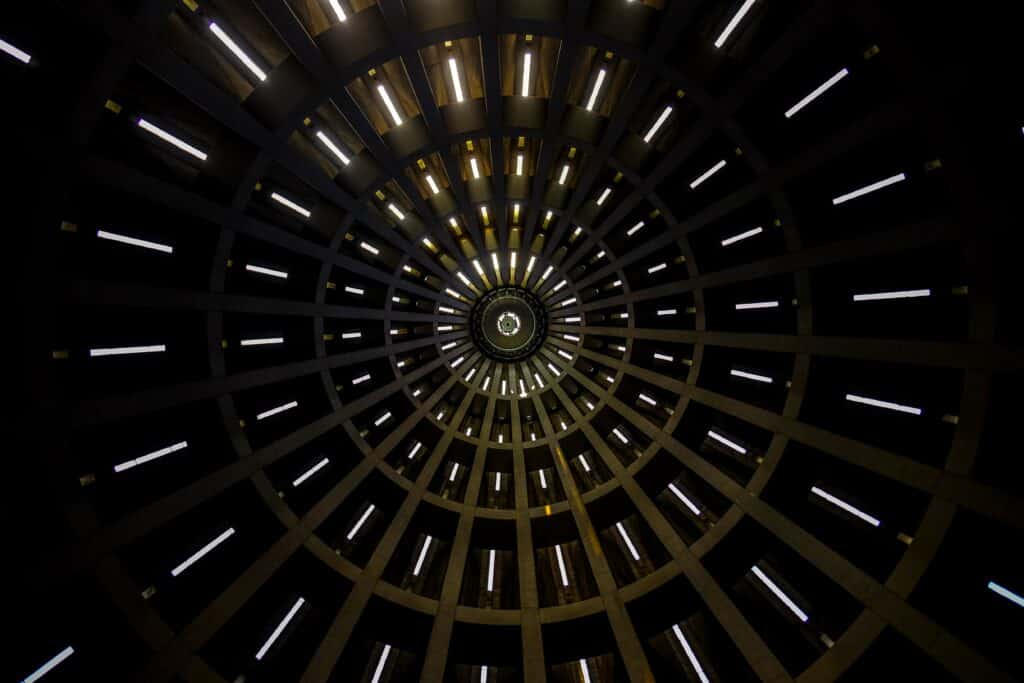
Color: Vibrant colors or the lack of color really play a huge role in abstract photography. Color tends to draw the viewer in and keep the attention for longer. You really want the audience to spend time connecting with the image and trying to decipher it.
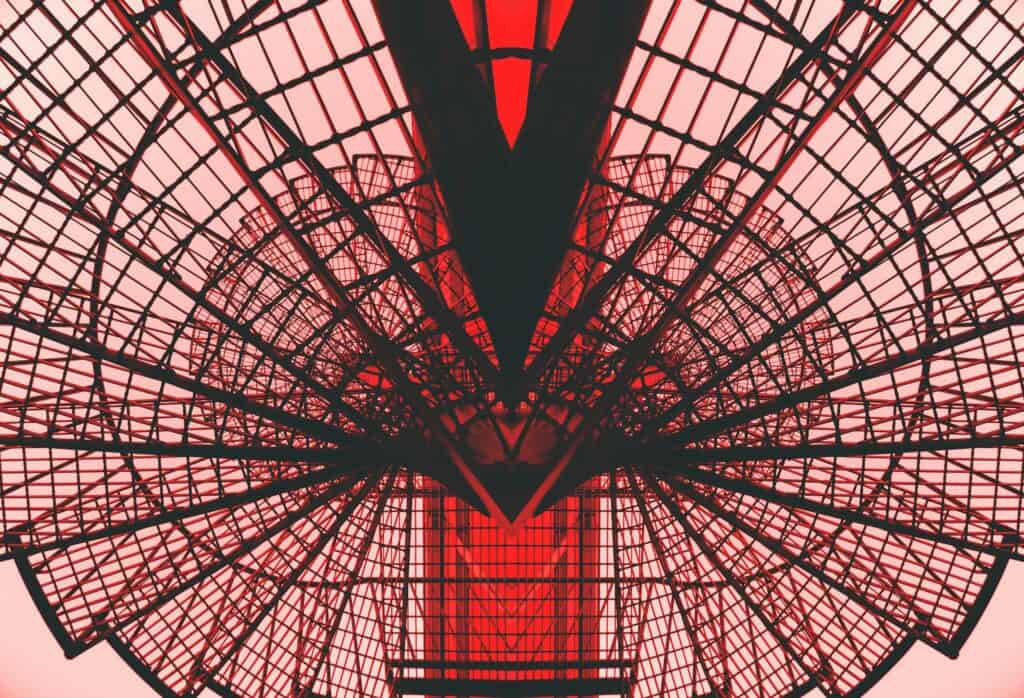
Texture: Abstract photography tends to be the most tactile type of photography, so to speak! You can almost feel what is in the image. Texture plays a key role in this sensation, so looking for subjects that have distinct texture is a great idea. You can even add contrasting textures and make your audience question what they see.
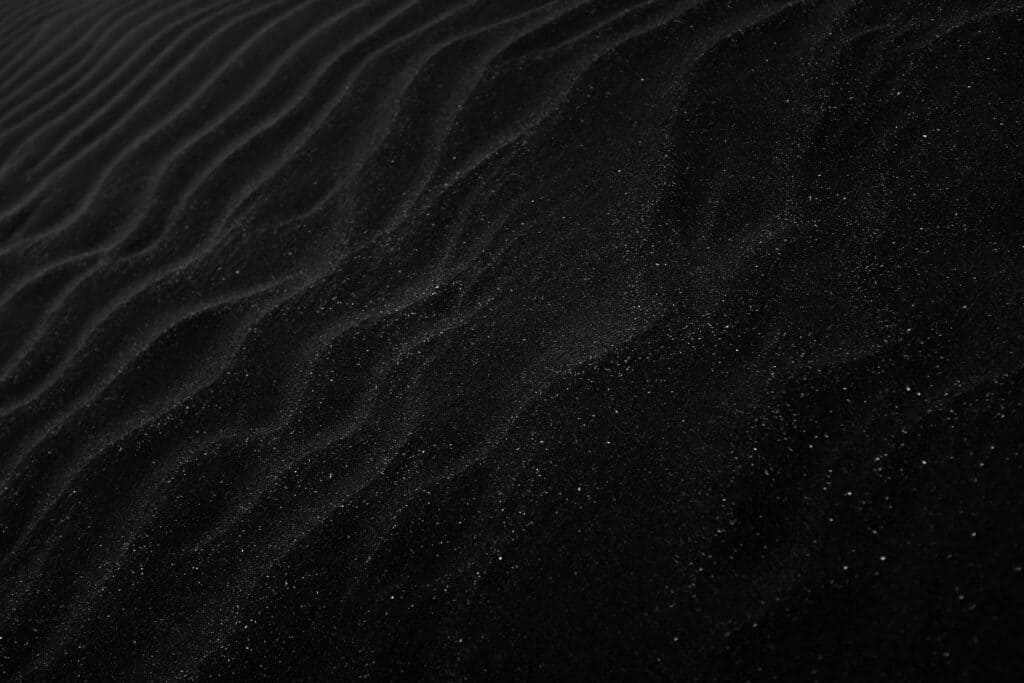
What Makes a Good Abstract Photograph?
Now, with any type of art, there is a good version of it (which we consider ‘successful’) and a not-so-good version (that we call ‘unsuccessful’). So what makes a successful image? Great composition, simplicity, lighting, and harmony among elements. It’s a bit difficult to state with ease what is great and what isn’t, but most photographers have a fairly innate sense of harmony in an image.
Good composition doesn’t make the subject feel claustrophobic or awkward. A good abstract photograph always has a clear, structural design. There is a lot of thought and care involved in capturing form, color, and texture in a well composed way.
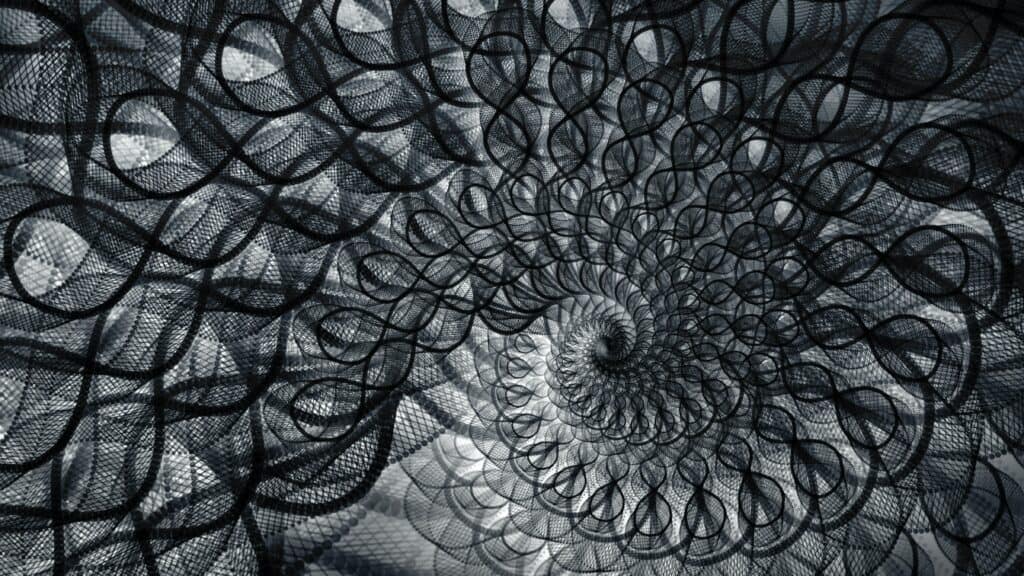
Simplicity might as well be a characteristic of abstract photography, as the more simple images tend to be the best. If an image is cluttered or busy, that distracts from the subject. Don’t try to throw in too many things at once.
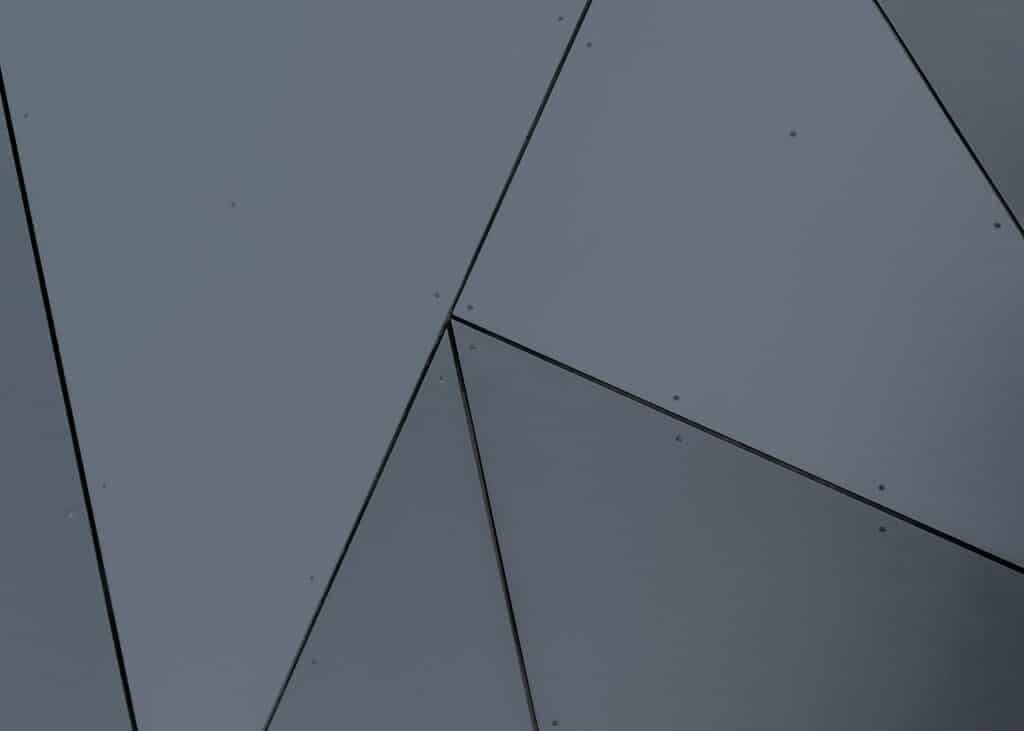
The lighting also plays a key role, as lighting creates the mood, tone, and interpretation of the image. How an abstract image is lit up dictates everything. From the shadows to the highlights, be mindful of the lighting.
You can get dramatic:
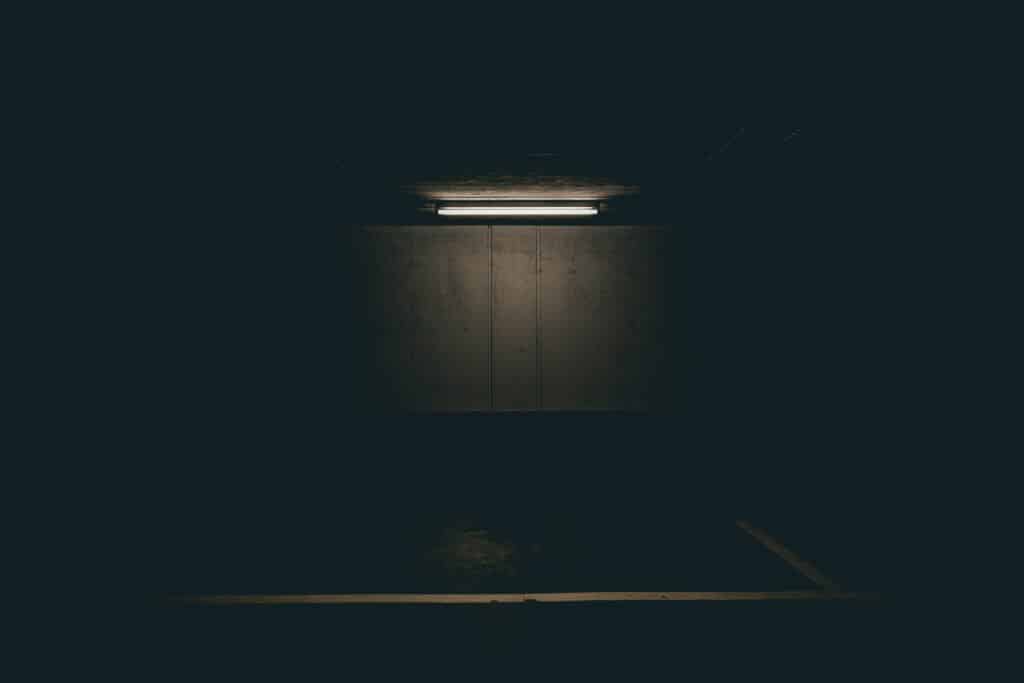
Airy:
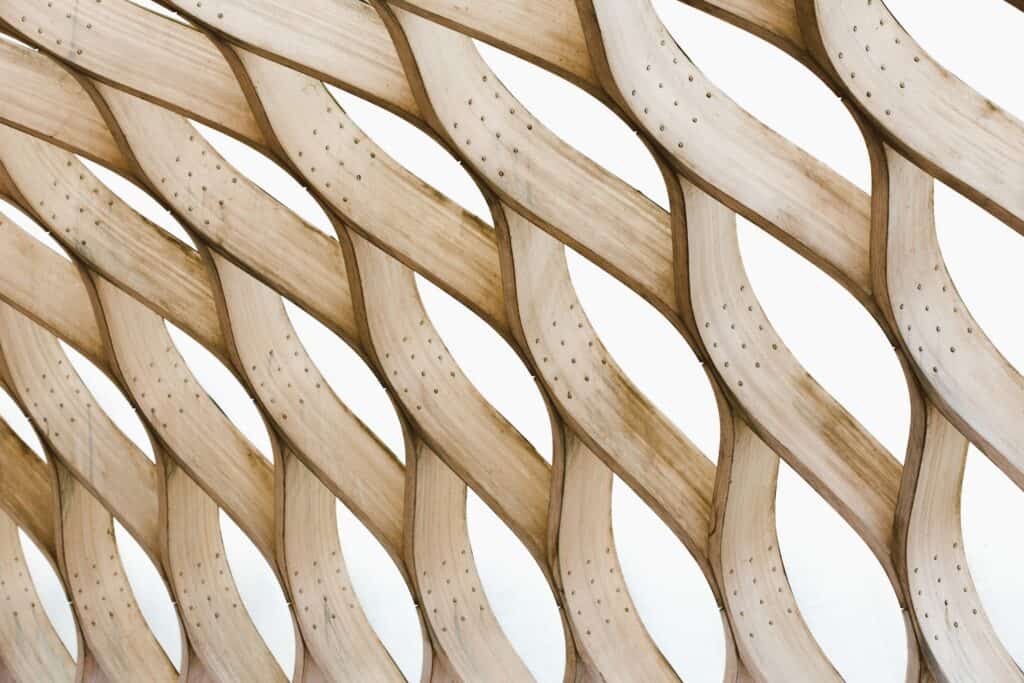
Or just interesting:
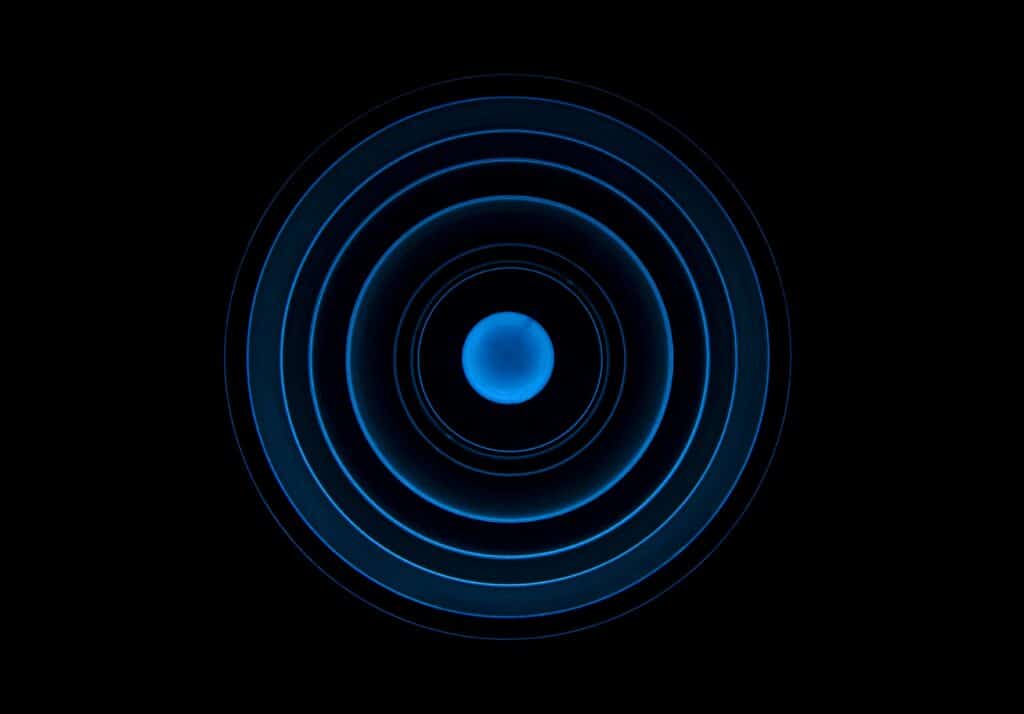
Three Tips for Capturing Amazing Abstract Photographs
Abstract photography doesn’t require a complex series of steps, there are just three primary tips to keep in mind!
Find Patterns in Everyday Things
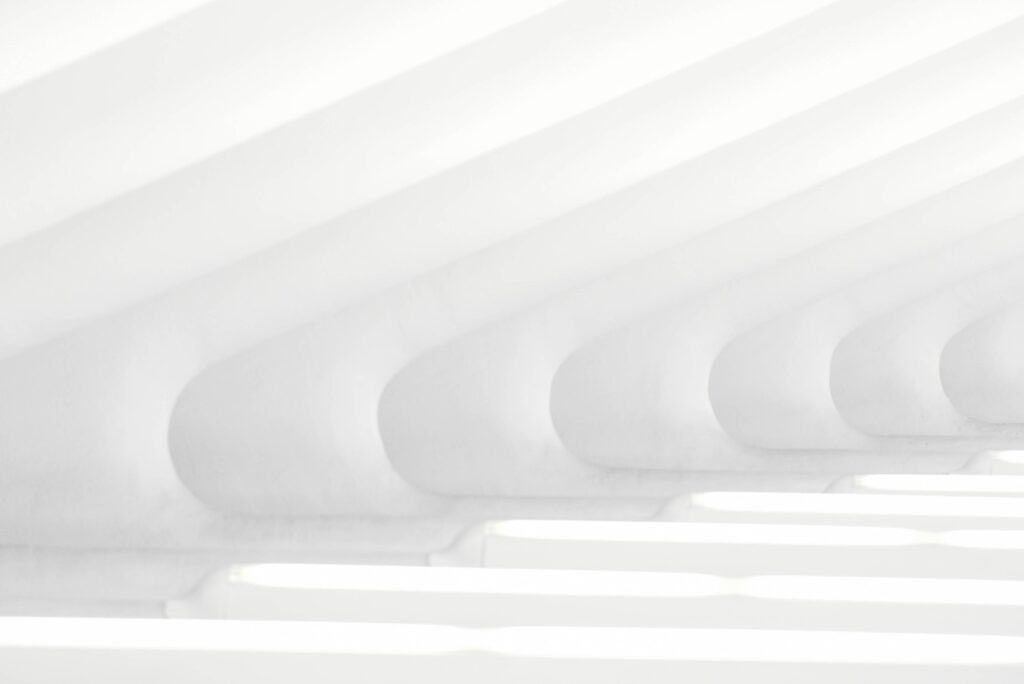
The human mind and psychology naturally gravitates towards repeated information, such as the design of a bridge. This creates a very visually pleasing and satisfying photograph. In turn, the more appealing the photograph is, the longer the audience will engage with your photograph. For abstract photography, the successful shots are the ones that captivate the viewer the longest! So look for patterns in everyday things, even in the most simple of places.
Create some Mystery
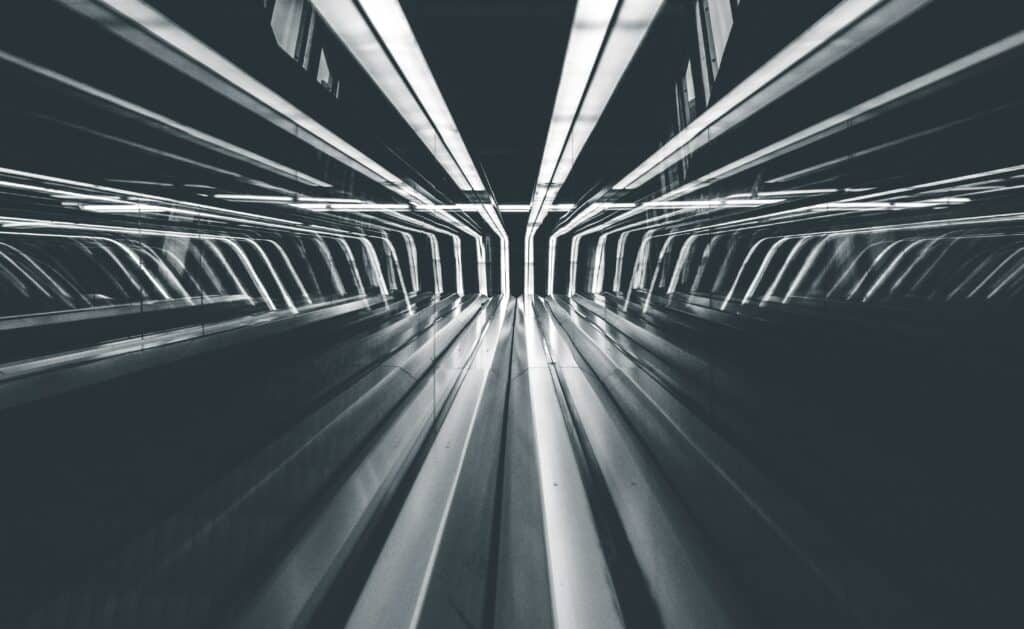
The key to abstract photography is to keep the audience guessing as to what you photographed. Use composition (the arrangement of elements in an image) and vantage point (the perspective at which you photograph) to hide what the subject is and help add mystery to the image. Look at cropping the image in a unique way or photographing something from a low vantage point, the world is your oyster on this one!
Experiment with Macro Photography, Long Exposures, Soft Focus, and Other Techniques
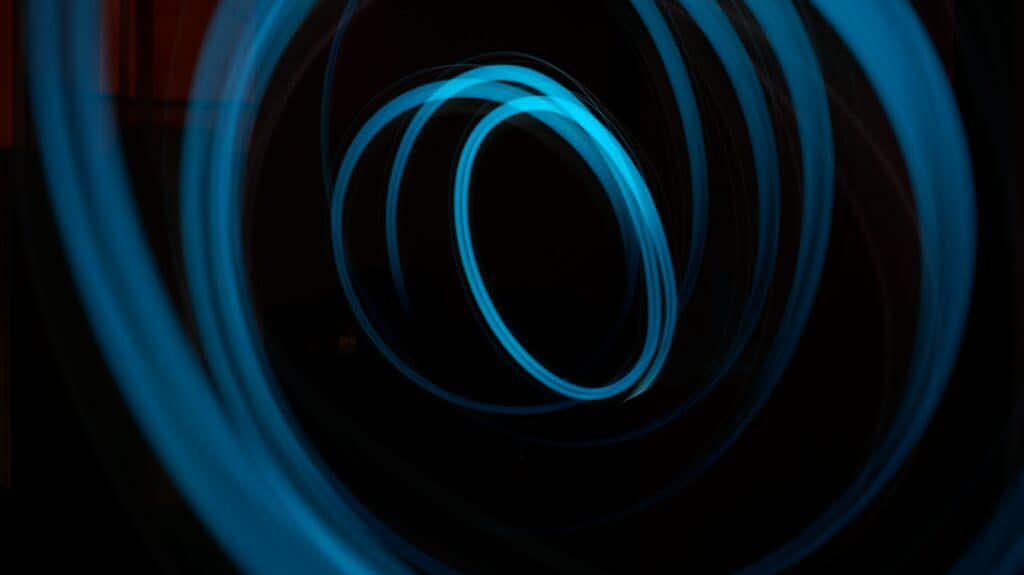
Much like the paintings that abstract photography takes inspiration from, being experimental is a big part of the creation process. Although we tend to strive for technical perfection, technical imperfection can create just as beautiful results.
Since much of abstract photography has to do with creating mystery on everyday mundane things, look for ways to alter our perception of the everyday. You can do this with Macro photography, which is when small objects are photographed so close up that they are made to look life-sized or larger than they are in a photograph.
Long exposures are when the shutter is open for a long period of time. This is used to blur movement or obscure elements and create a more artistic-looking image. You can use long exposures on moving subjects or by physically moving the camera when shooting so create unique motion blurs.
Purposefully missing focus and taking advantage of bokeh is another way in which you can bring abstract photography to life! Keep playing with different techniques and bend the rules a bit.
In conclusion, abstract photography is a type that can be explored with any piece of equipment (even a cell phone)! It’s all about how you see the world and how you want to represent it.

